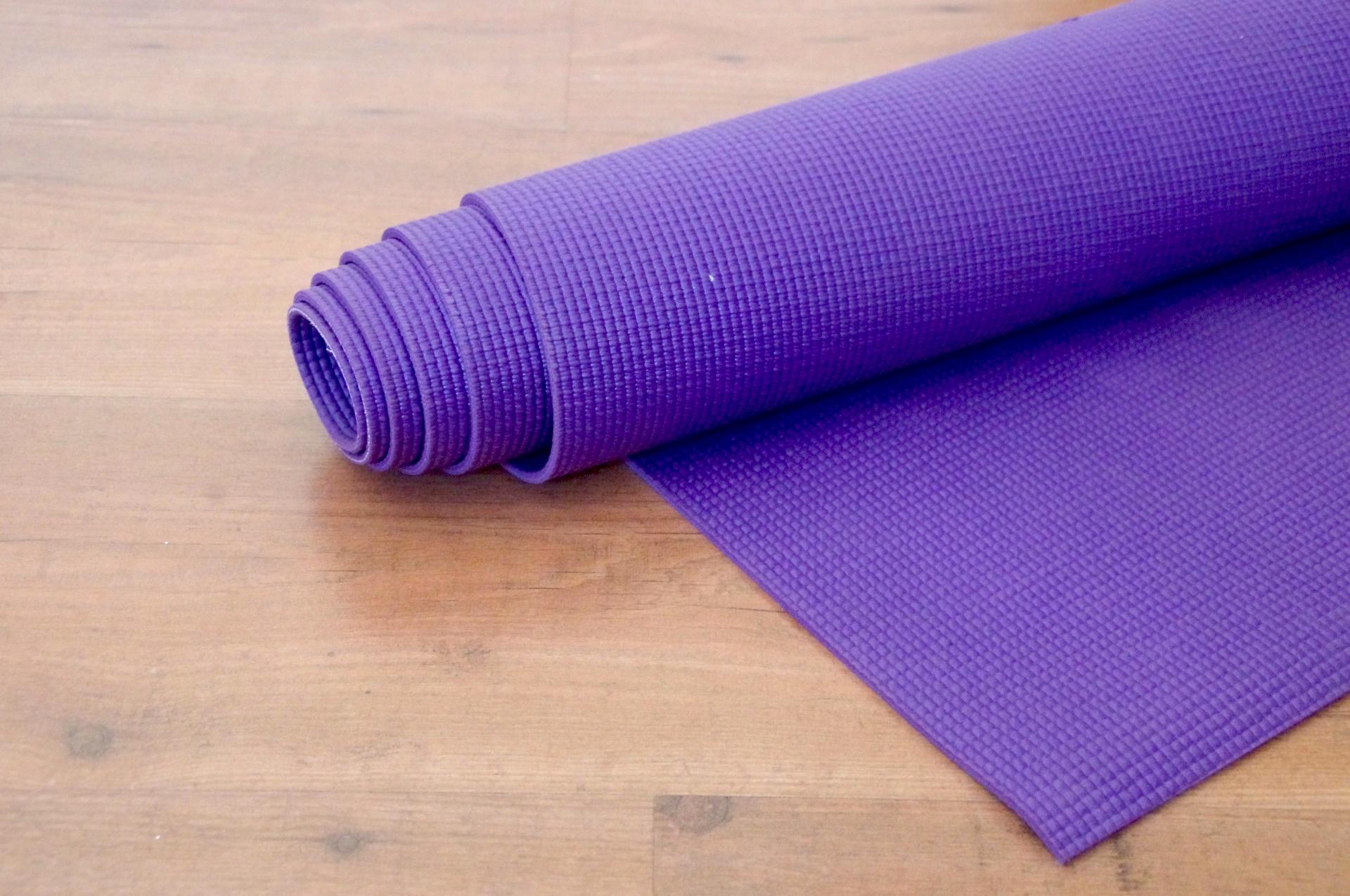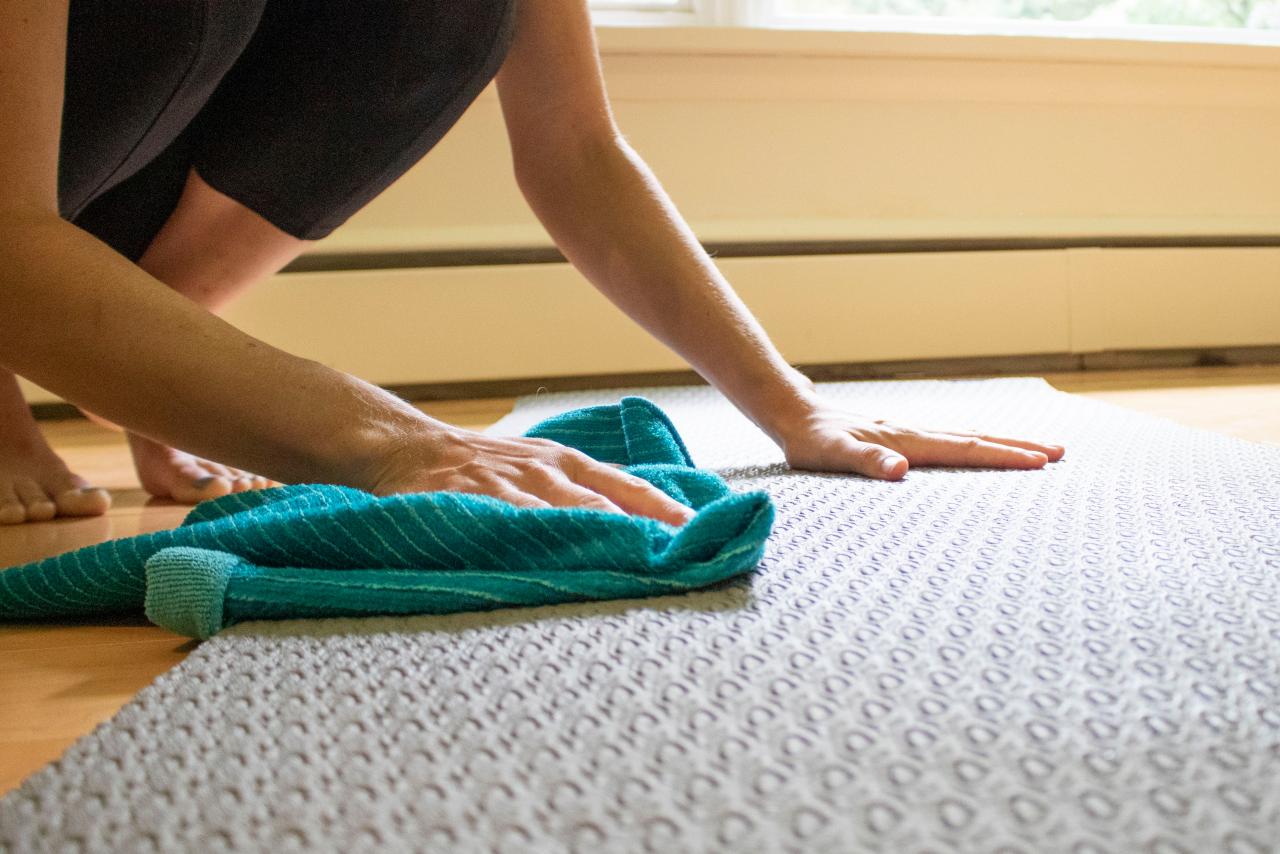I. Introduction
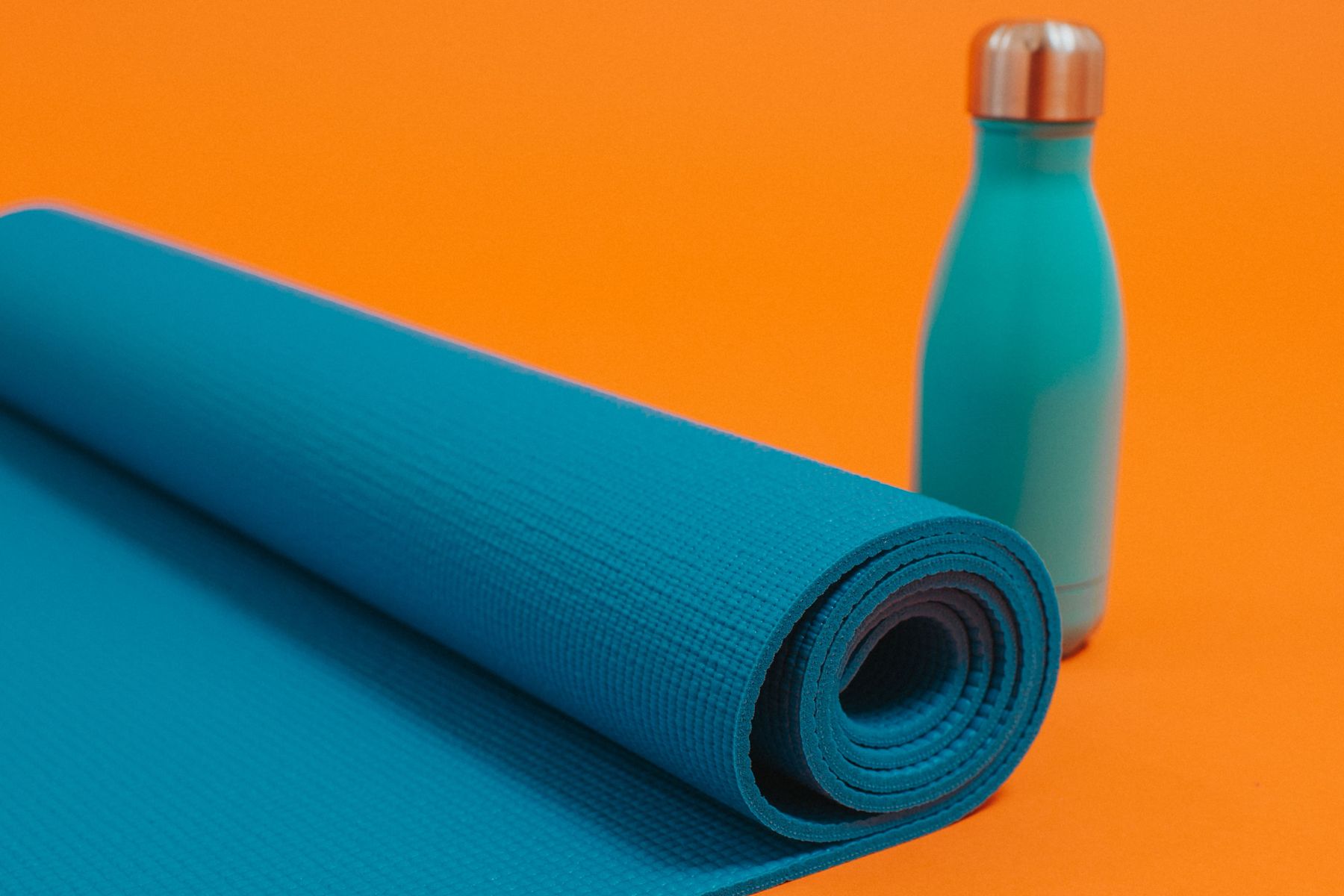
A. Importance of keeping your yoga mat clean
Keeping your yoga mat clean is essential for both hygiene and maintaining its performance. Regular cleaning helps remove sweat, dirt, and bacteria that can build up over time, ensuring a safe and enjoyable practice.
B. Overview of the article’s content on the best way to clean your yoga mat
This article will provide a step-by-step guide on the best way to clean your yoga mat. From preparing the mat for cleaning to using different cleaning methods, it will cover everything you need to know to keep your mat fresh and ready for your next practice.
II. Preparing Your Yoga Mat for Cleaning
A. Removing dust and debris
- Shaking off loose dirt and debris
To start the cleaning process, gently shake your yoga mat to remove any loose dirt or debris that may have accumulated on its surface.
- Using a soft brush or cloth to gently wipe away any remaining residue
After shaking, use a soft brush or cloth to wipe away any remaining residue, such as dust or hair. Ensure that you use gentle strokes to avoid damaging the mat’s surface.
B. Checking for specific cleaning instructions
- Reviewing the manufacturer’s recommendations
It’s important to check the manufacturer’s recommendations specific to your yoga mat. Some mats may have special care instructions or materials that require specific cleaning methods.
- Adjusting the cleaning method based on the type of yoga mat
Different types of yoga mats may require different cleaning methods. For example, natural rubber mats may need to be cleaned differently than PVC-based mats. Adjust your cleaning approach accordingly to ensure the best results.
III. Cleaning Your Yoga Mat
A. Using a mild detergent solution
- Creating a gentle cleaning solution using warm water and a mild detergent
Mix warm water with a small amount of mild detergent to create a cleaning solution. Avoid using harsh chemicals or bleach, as they can damage the mat’s surface or cause skin irritation during practice.
- Dampening a cloth or sponge with the solution and cleaning the surface of the mat
Dip a cloth or sponge into the cleaning solution, ensuring it is well-saturated but not dripping. Gently wipe the entire surface of the yoga mat, paying attention to any areas with visible stains or dirt. Be thorough but avoid excessive scrubbing, as it can damage the mat’s texture.
B. Natural cleaning alternatives
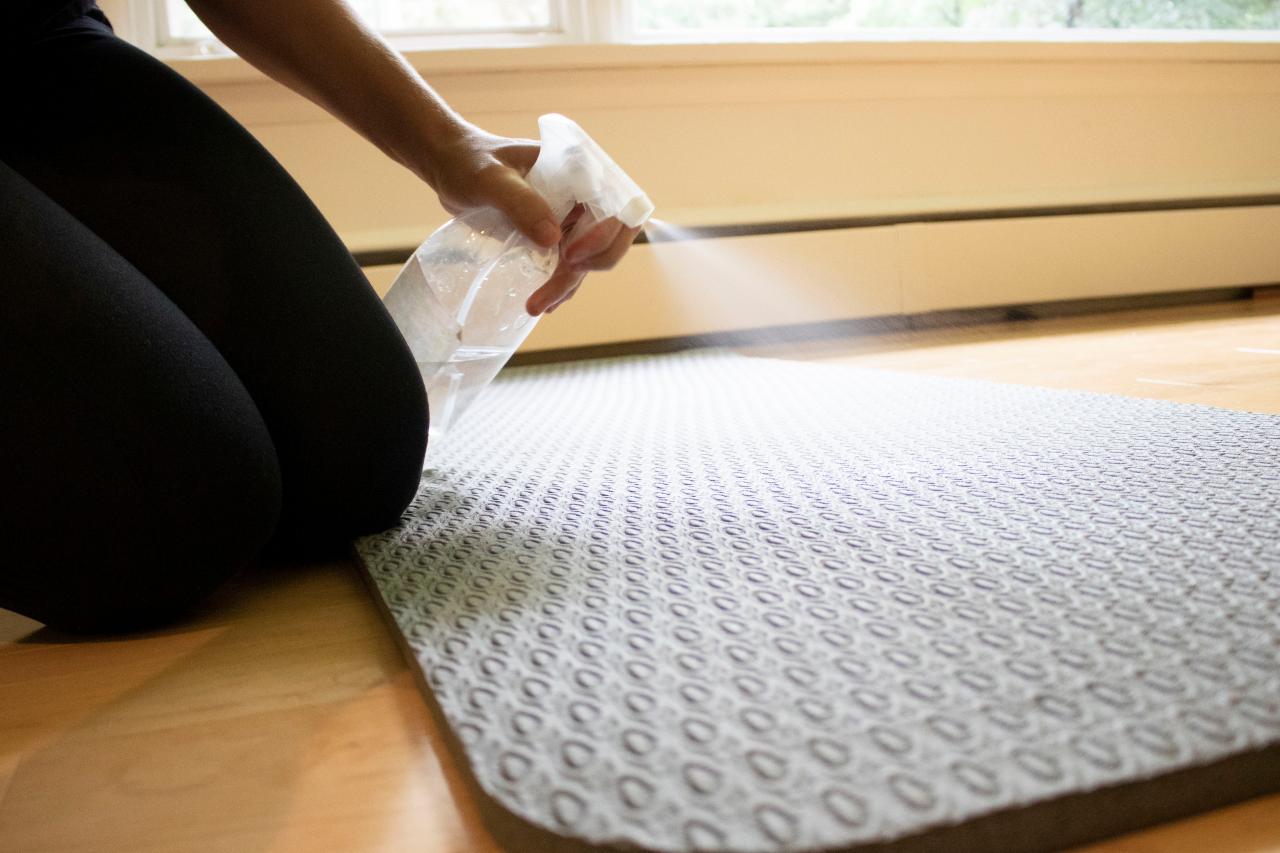
- Using vinegar or essential oils mixed with water as an eco-friendly cleaning option
For those who prefer natural cleaning methods, vinegar or essential oils mixed with water can be an effective alternative. Mix equal parts water and vinegar or add a few drops of essential oil to a water-filled spray bottle. Spray the solution onto the mat and wipe it down with a cloth or sponge.
- Applying the solution to the mat and wiping it down with a cloth or sponge
Spray the vinegar or essential oil solution onto the mat, ensuring that all areas are evenly covered. Using a cloth or sponge, gently wipe the mat to remove any dirt or residue. Remember to avoid excessive moisture to prevent damage or prolonged drying time.
IV. Drying and Maintaining Your Yoga Mat
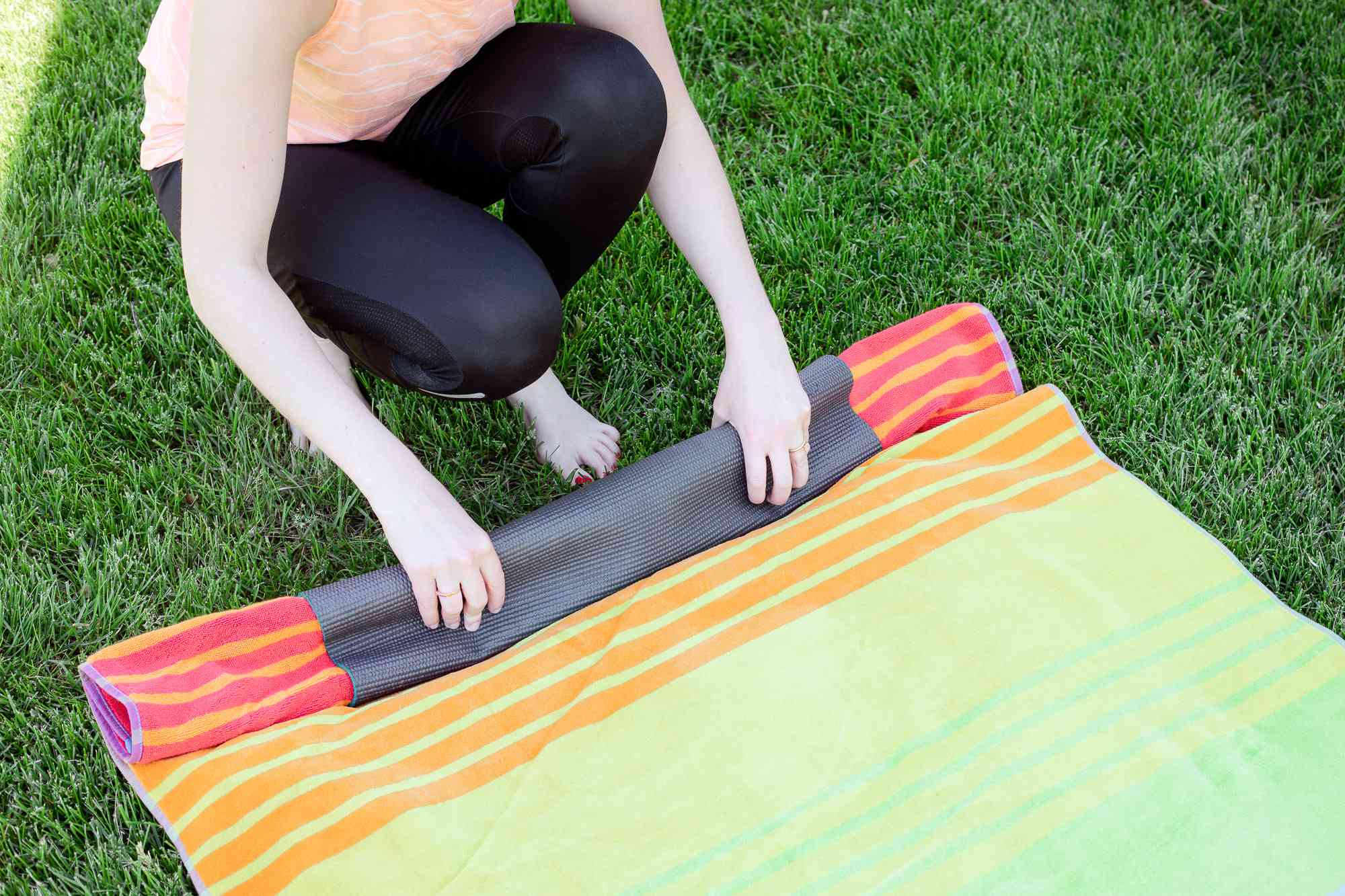
A. Removing excess moisture
- Using a clean towel or cloth to absorb excess water from the mat
After cleaning your yoga mat, it’s essential to remove any excess moisture to speed up the drying process and prevent damage. Gently place a clean towel or cloth over the mat surface and press down to absorb the moisture. Avoid rubbing or scrubbing the mat, as this may cause fraying or distortion.
- Patting the mat dry to avoid any damage
Instead of wringing or squeezing the mat to remove moisture, it’s best to pat it dry. Place another dry towel or cloth over the wet areas and lightly press down, allowing the fabric to absorb the remaining moisture. This gentle approach prevents unnecessary strain on the mat material and maintains its integrity.
B. Properly drying your yoga mat
- Allowing the mat to air dry completely in a well-ventilated area
To avoid trapping moisture and fostering bacterial growth, it’s crucial to let your yoga mat air dry thoroughly. Find a well-ventilated area where the mat can lay flat without being exposed to direct sunlight or high heat. This will prevent any potential distortion or degradation of the mat material.
- Avoiding direct sunlight and high heat to prevent damage
While it may be tempting to speed up the drying process by placing your yoga mat under direct sunlight or using heat sources such as a dryer or heater, these actions can damage the mat. Excessive heat can cause the mat to warp, fade, or even melt. It’s best to stick to air drying in a shaded or cool location.
C. Regular maintenance to prolong the lifespan of your mat
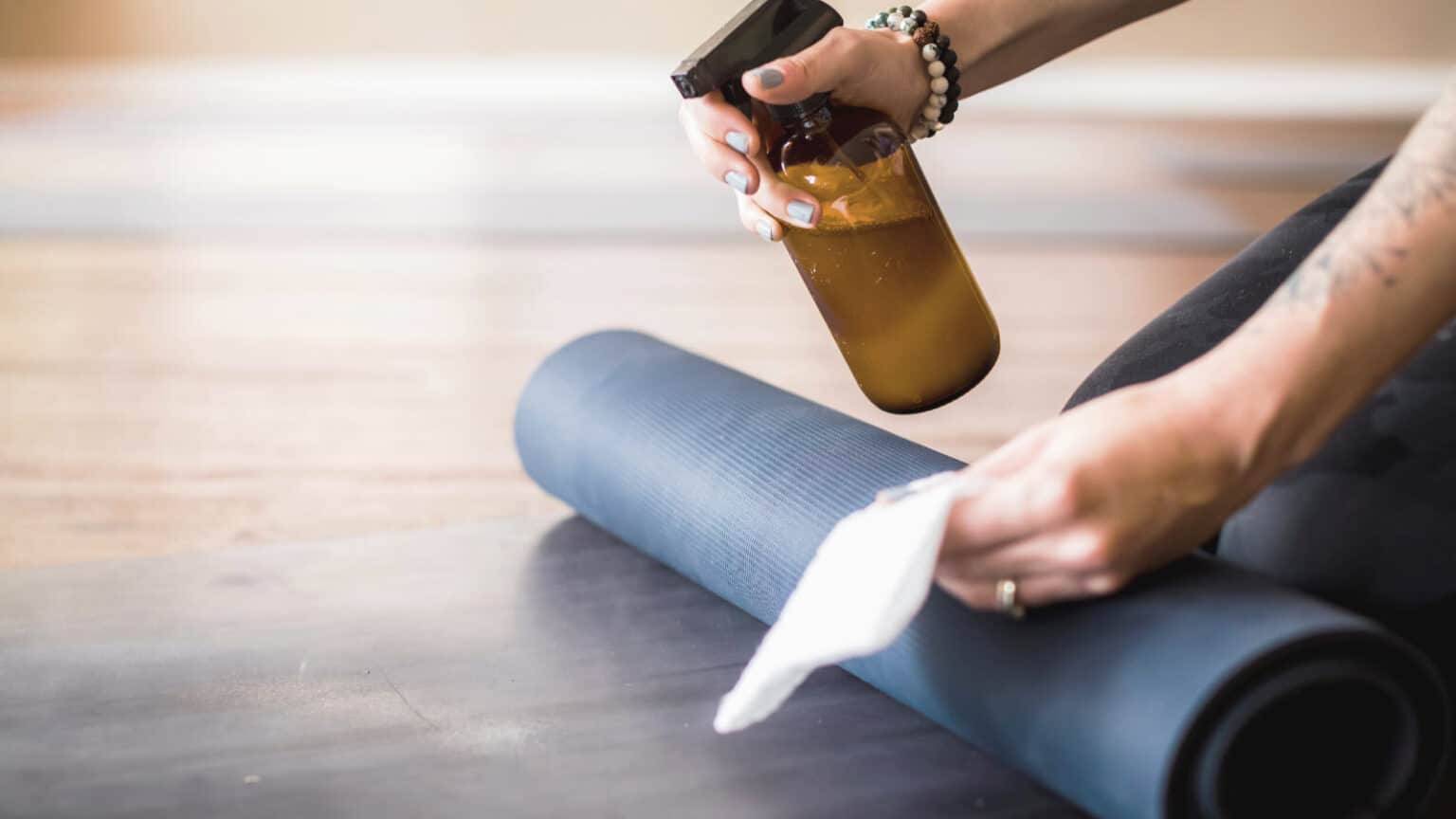
- Periodically cleaning your mat to prevent buildup of sweat, oils, and bacteria
Regularly cleaning your yoga mat is essential for maintaining its hygiene and longevity. Sweat, oils, and bacteria can accumulate on the mat’s surface over time, leading to unpleasant odors and potential degradation of the material. Clean your mat using the appropriate method discussed earlier in this guide to prevent buildup.
- Storing the mat in a clean and dry area when not in use
Proper storage is crucial in preserving your yoga mat’s quality. After it has completely dried, roll it up and store it in a clean and dry area. Avoid placing heavy objects on top of the mat, as this can cause permanent indentations or creases. Investing in a mat bag or strap can help protect the mat from dirt, dust, and other elements.
V. Conclusion
In conclusion, properly drying and maintaining your yoga mat is essential for its cleanliness, durability, and performance. By removing excess moisture with a clean towel, patting the mat dry, and allowing it to air dry in a well-ventilated area, you can prevent damage and maintain its integrity. Regular cleaning and proper storage practices will not only extend the lifespan of your mat but also ensure a hygienic and comfortable yoga practice. Taking the time to care for your yoga mat will enhance your overall experience and allow you to reap the benefits of your practice for years to come.
